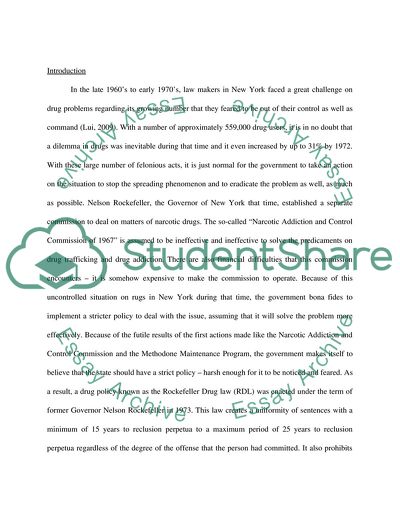Cite this document
(A New Approach to Drug Policy: Drug Law Reform Act Research Paper, n.d.)
A New Approach to Drug Policy: Drug Law Reform Act Research Paper. Retrieved from https://studentshare.org/law/1750956-urban-policy-research-paper
A New Approach to Drug Policy: Drug Law Reform Act Research Paper. Retrieved from https://studentshare.org/law/1750956-urban-policy-research-paper
(A New Approach to Drug Policy: Drug Law Reform Act Research Paper)
A New Approach to Drug Policy: Drug Law Reform Act Research Paper. https://studentshare.org/law/1750956-urban-policy-research-paper.
A New Approach to Drug Policy: Drug Law Reform Act Research Paper. https://studentshare.org/law/1750956-urban-policy-research-paper.
“A New Approach to Drug Policy: Drug Law Reform Act Research Paper”, n.d. https://studentshare.org/law/1750956-urban-policy-research-paper.


